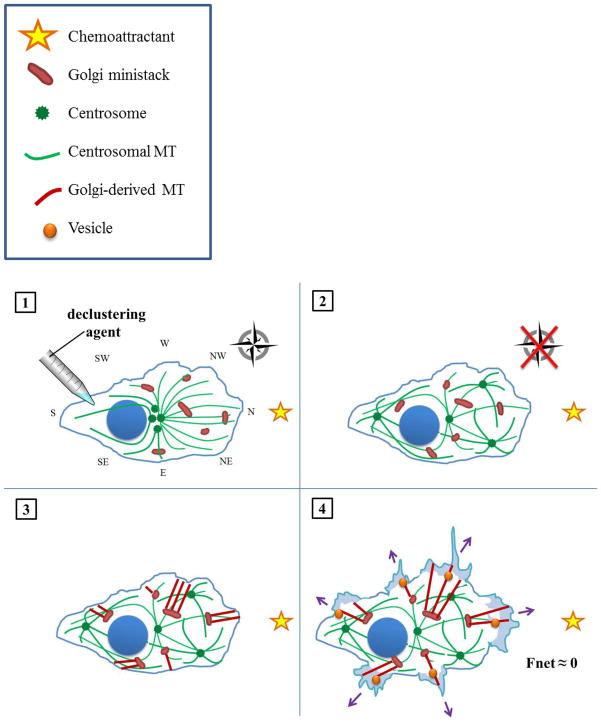Figure 4. How declustering agents may hinder directional migration in cancer cells with amplified centrosomes.
(1) A cell harboring supernumerary centrosomes is treated with a declustering agent. (2) Following scattering of centrosomes throughout the cell, the once highly organized, radial array of microtubules devolves into disarray. Hence, the cell literally loses its bearings. As a result, the cell lacks the centripetal signal necessary to organize the Golgi apparatus into a central, polarized mass. (3) Owing to their lack of polarization, the scattered Golgi ministacks nucleate microtubule arrays in various directions. (4) The cell directs trans-Golgi trafficking of vesicles to multiple cellular poles. Consequently, the exerts forces without respect to direction (purple arrows), which sum to a negligible net force (bold black arrow). The cell does not move appreciably towards its stimulus.

